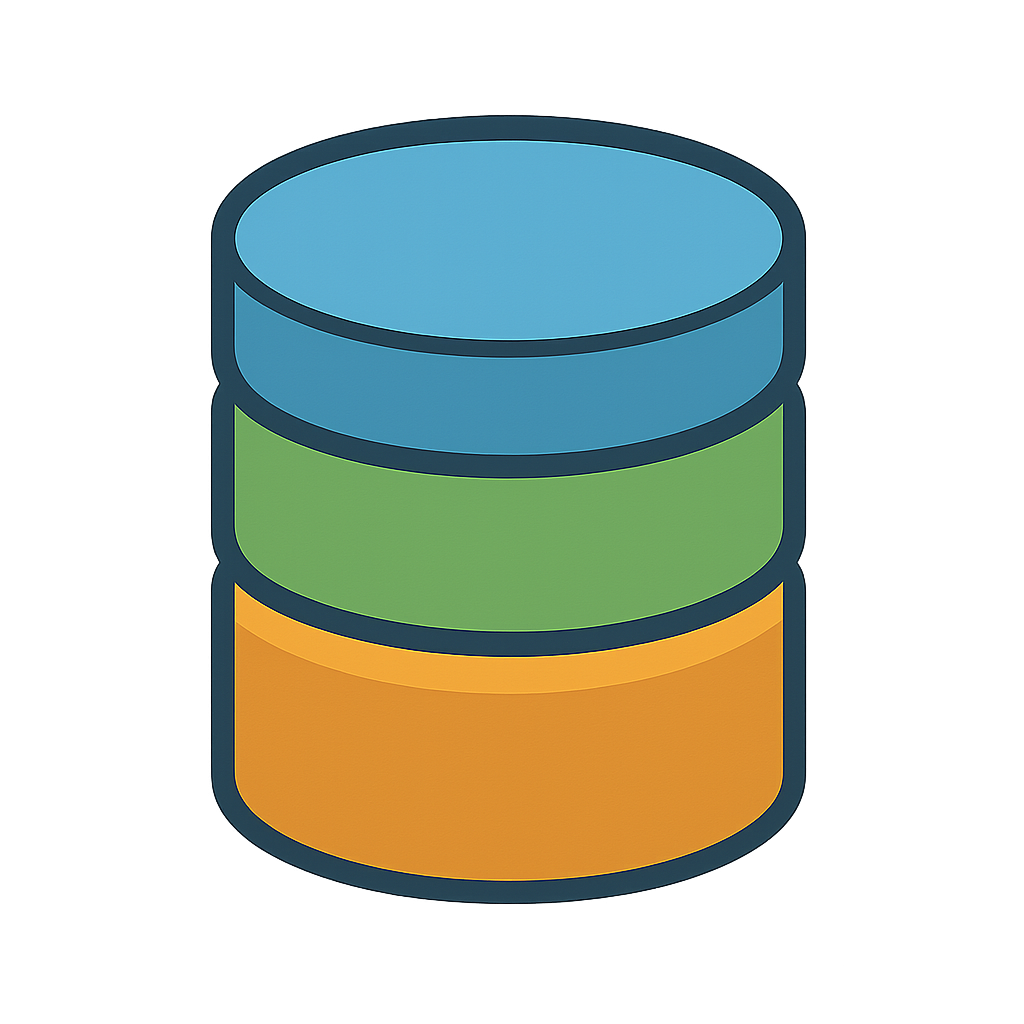- Software architecture Software design and architecture
Taskscape Ltd delivers comprehensive software design and architecture delivered with each project. We stand on an a assumption that big design upfront makes no sense, however no design up front is even more risky.
The architecture is being developed with the client drafting the layout of applications, components, services and protocols. The aim of designing software upfront is to present minimum of architecture and key concepts and interactions of the software to the client before it is developed, therefore reducing validation time. Taskscape Ltd provides software architecture presenting individual application screens, overall structure of software, along with redundancy and load balancing scenarios covered as part of the design. The initial architecture evolves during product lifecycle and is subsequently refined within each development sprint.
Information architecture (IA) is, like a blueprint, a visual representation of the product’s infrastructure, features, and hierarchy. The level of detail is up to the designer, so IA may also include navigation, application functions and behaviors, content, and flows.
Having a single document that delivers a simple and understandable representation of how the application or website works is vital for developing new features, updating existing ones, and for seeing what is possible considering the existing product.
Taskscape gathers business requiremnets in order to create technical product requirements list and expected system specification in a form of set of of artifacts that can be used in multiple project management frameworks: read more.
Taskscape Ltd creates minimum documentation in order to specify the main components of the system and how they should integrated with each other.
Taskscape Ltd creates minimum documentation in order to specify actors and their interaction with the system in a form of sequence and activity diagrams.
Taskscape provides clear development process that drives development efforts through distinct development phases. read more
Typical areas of work within software architecture:
- designing architecture for reusability through use of consistent patterns developed to support business goals
- designing software architecture according to industry standards or regulators, ensuring adherence with Security and Compliance policies and procedures
- Maintaining nad keeping solution architecture documentation ahead of software development sprints ensuring that work is planned just before implementation.
- Assessing and communicating risks in areas of regulatory, security and design constraints, as well as providing risk mitigation and contigency plans.
- Working as a connection between the technical and internal business teams to convert requirements into desired outcomes
- leading technology research, evaluating and driving rising technologies to solve customer needs
- active contributiion to various bottom-up initiatives driven by the design and architecture teams
- advising regarding architecture patterns and other reference architecture components
- evangelising development standards and technical recommendations across the organisation
Taskscape Ltd delivers software architecture documents that neet the highest industry standards, including best practices according to the technology stack chosen, as well as compliance with selected norms and standards, such as ISO 9001, ISO 27001, CE Regulations, FDA Regulations. Taskscape Ltd takes into account local and international requirements covering security and privacy, such as GDPR or HIPAA.

- Our Strategy
The first meeting
Understanding requirements
Together with the client we define the business case driving the customer needs. Specification of business requirements are subseqently used in rapid prototyping
The second step
Prototyping solution
Within just weekds the customer is involved in a series of prototyping sessions to gather feedback and improve the software model and the user experience using incremental steps in implementation and architecture.
Ongoing maintenance
Software maintenance
Customer receives a long term guarantee of ongoing cooperation and maintenance of the delivered software to ensure that the whole solution grows in tune with evolving business requirements.